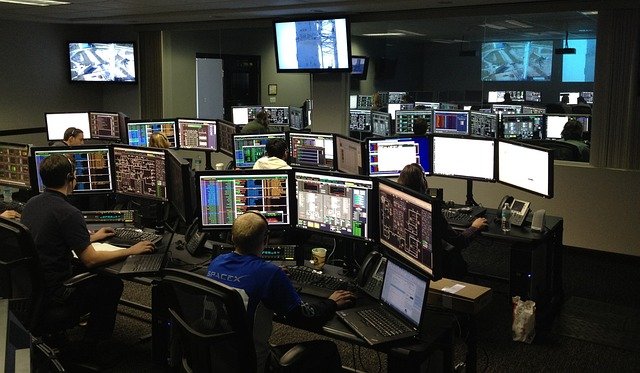Security controls and compliance practices for cloud-native environments
This article outlines practical security controls and compliance practices tailored to cloud-native environments. It highlights how organizations can align virtualization, containers, Kubernetes, serverless, and hybrid deployments with regulatory and operational requirements while maintaining automation and observability.

Cloud-native environments combine rapid change and distributed components, which changes how security controls and compliance are applied. Effective programs focus on policy-as-code, identity controls, and continuous monitoring rather than static checklists. Adapting to containerized workloads, orchestration platforms, and serverless functions requires integrating security into CI/CD pipelines, maintaining clear asset inventories, and ensuring that observability and monitoring provide the telemetry needed for audits and incident response. Compliance must be operationalized so controls are reproducible across cloud, hybrid, and edge deployments.
Virtualization and containers: security impact
Virtualization and containers reduce attack surface through isolation but introduce new risks from misconfiguration and insecure images. Hardening techniques include minimal base images, image signing, vulnerability scanning, and runtime enforcement. Role-based access controls for container registries, network segmentation, and secrets management are essential. Policies should require scanning at build time and attestations before deployment. Combining virtualization-level controls with container-specific safeguards helps balance portability and defense-in-depth while supporting compliance evidence collection for audits.
Kubernetes and serverless: control options
Kubernetes and serverless platforms shift responsibility between teams and providers, so controls must reflect shared responsibility models. For Kubernetes, enforce RBAC, admission controllers, network policies, and pod security standards. For serverless, focus on least-privilege IAM roles, input validation, and dependency scanning for function packages. Observability must capture function invocations, control plane events, and platform logs. Automation of policy enforcement through operators or policy engines ensures consistent application of security controls across clusters and serverless deployments.
Hybrid cloud, IaaS and PaaS: compliance needs
Hybrid deployments and choice between IaaS and PaaS affect where controls are applied. IaaS requires more infrastructure-level controls — host hardening, network ACLs, and VM image management — while PaaS emphasizes platform configuration and service-level permissions. Compliance mapping should document which controls are implemented by cloud providers versus in-house teams. Data residency, encryption standards, and contractual obligations must be tracked across environments to demonstrate alignment with regulatory requirements and internal governance.
DevOps, automation, observability and monitoring
Integrating security into DevOps means shifting left: incorporate static and dynamic testing, dependency checks, and policy-as-code into CI/CD. Automation reduces human error and speeds compliance evidence collection. Observability and monitoring provide the telemetry to detect anomalies and prove control effectiveness — aggregate logs, metrics, and traces across services. Alerting and automated responses help contain incidents. Maintain tamper-evident logs and retention policies that meet audit requirements while supporting post-incident reviews.
Scalability, migration, FinOps, AI and edge risks
Scalability and migration activities can introduce configuration drift and gaps in control coverage; continuous validation mitigates these risks. FinOps practices intersect with security by ensuring resource controls and tagging are consistent for chargeback and governance. AI workloads and edge deployments present unique privacy and integrity challenges: ensure model provenance, secure data pipelines, and device-level attestation where applicable. Risk assessments should cover workflow changes from migration and model deployment, and include compensating controls when full isolation is impractical.
Governance, compliance frameworks and assurance
Adopt pragmatic governance that maps organizational policies to technical controls and framework requirements (for example, SOC, ISO, or regional regulations). Use control owners, measurable KPIs, and automated evidence collection to support audits. Continuous assurance combines periodic assessments with runtime checks, leveraging policy frameworks and compliance-as-code. Maintain an inventory of assets, data flows, and control mappings to simplify audits and change management. Regular tabletop exercises and incident simulations validate both controls and organizational readiness.
Cloud-native security and compliance emphasize automation, traceability, and shared responsibility. By embedding controls into pipelines, leveraging observability for continuous assurance, and mapping responsibilities across IaaS, PaaS, hybrid, and edge environments, organizations can reduce manual effort while improving posture. Maintaining clear inventories, enforcing least privilege, and using policy-as-code for consistent enforcement helps align operational practices with regulatory requirements without hindering scalability or innovation.






